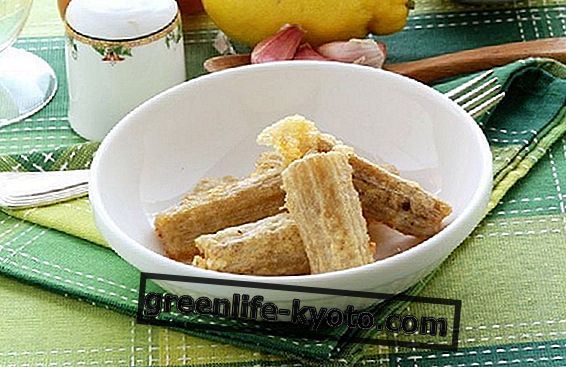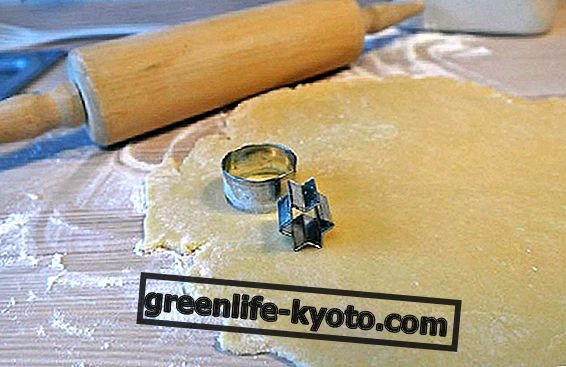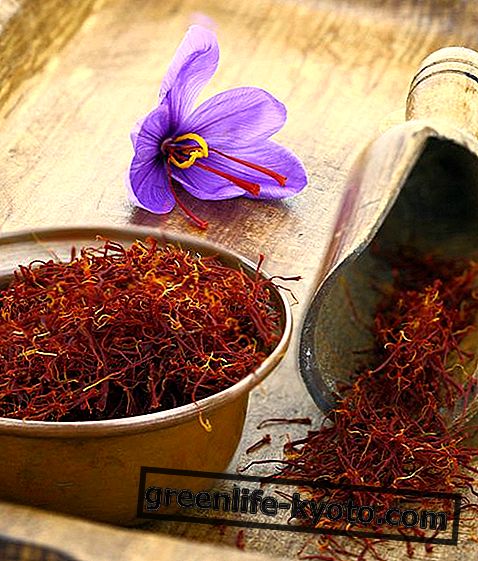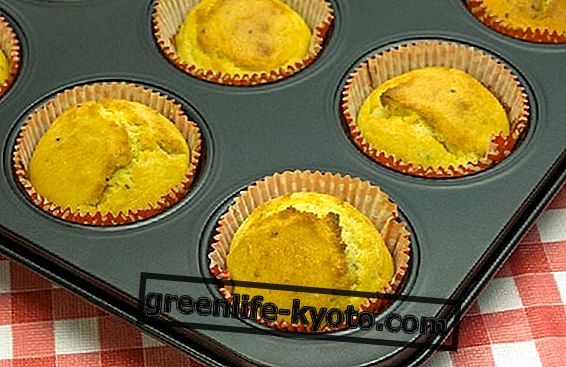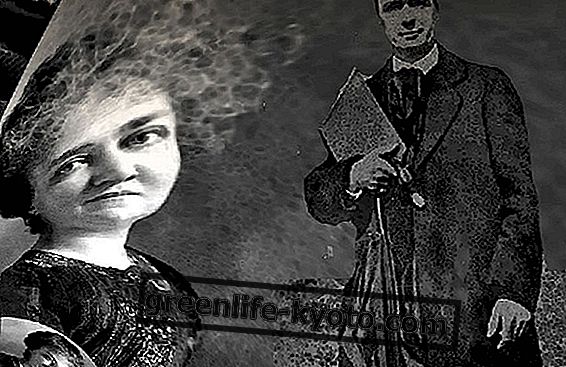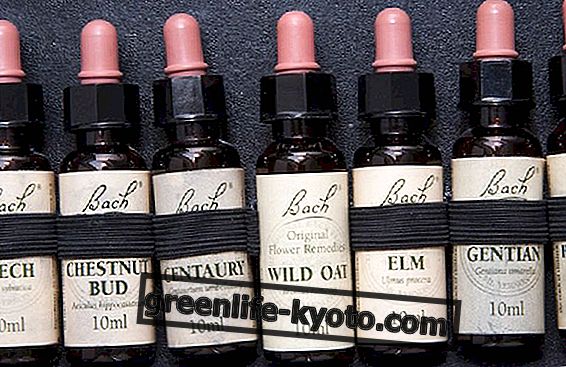
There is great interest in ancient grains, those less "modified" and perhaps healthier. The traditions, the teachings and the recipes of the grandparents are back in vogue. Forgotten ingredients are back on our tables that can expand the variety of flavors, alas, by now very “flattened”. Among these, burnt wheat : it is worth rediscovering what it is and what uses it can have in the kitchen .
Burnt wheat: what is it?
It is a flour with ancient and poor origins and an interesting history: after the wheat harvest, the landowners burned the stubble (a process that made the land even more fertile) and left everything left in the field to the farmers.
In those times when there was not much else available, virtue was needed, and here the burnt wheat grains left on the ground were collected and ground to make a flour. This is the origin of the "burnt grain".
When the empire of the large estates is gone, the burned grain has disappeared from consumption . His return, very recently, is due to restaurateurs and producers who have rediscovered their use in the kitchen .
In our days it is not allowed by law to use burnt seeds in this way, since they contain toxic molecules. Instead, the toasting of wheat grains is used with safe methods and according to the law, then the roasted beans are ground.
The so-called "burnt wheat" flour on sale is therefore the product of roasting (toasted wheat and not properly "burned") and grinding of wheat.
The toasting of the grain gives this gluten-free flour a pleasantly amber color, aromas of almond, hazelnut and roasted coffee that enrich the taste of the preparations in which it will be used.
It is the Daunia, in the province of Foggia, in the Tavoliere delle Puglie, the area that first rediscovered burnt wheat and its "revisitation" in a current key.
Burnt wheat: uses
Given the presence of roasted molecules, then subjected to high temperatures close to their chemical modification, burnt wheat flour should never be used pure in preparations, but at most in a ratio of 1: 3 , or at most 30% of the total flour. It is added to non-toasted flours rich in gluten, for example Manitoba flour.
Burnt wheat flour is commonly used to prepare cavatelli and orecchiette.
Some suggestions for further uses of burnt wheat flour (always in the proportion of 1/3) in the preparation of:
> bread;
> pasta;
> stuffed buns;
> lasagna;
> pizzas.
It is advisable to accompany the products based on the burnt wheat with light and fresh condiments - for example tomato, basil, fresh cheeses - since this flour gives the products a decidedly marked and marked taste .
